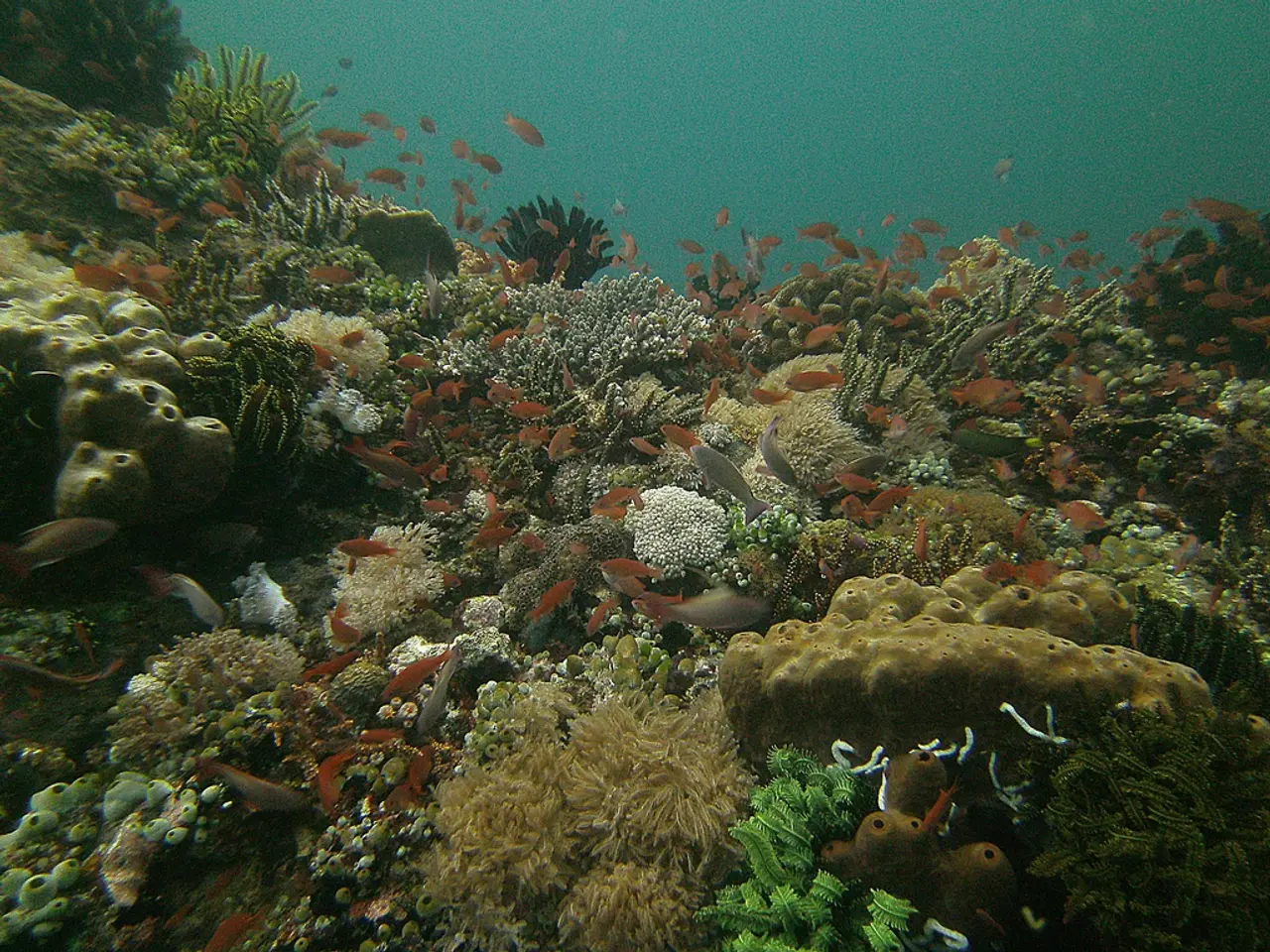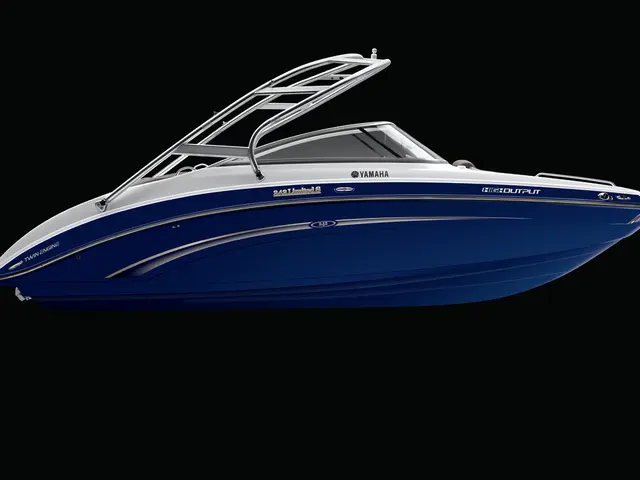Silvia Picello's Personal Endeavor
The world's largest marine park, spanning an area as large as Germany and France combined, is set to become a haven for exotic sea creatures in French Polynesia. This expansive marine protected area (MPA) will cover approximately 4.8 million square kilometers (1.9 million square miles), with about 1.086 million square kilometers (nearly 420,000 square miles) being highly or fully protected, making it one of the largest conservation efforts globally[1].
Within the MPA, around 900,000 square kilometers (350,000 square miles) will be fully protected zones, where no extractive fishing or mining will be permitted[1]. These zones include two large areas near the Society Islands (220,000 km²) and near the Gambier Islands (680,000 km²). Approximately 186,000 square kilometers (72,000 square miles) will be designated as an artisanal fishing zone, allowing only traditional line fishing[1]. The remainder of the exclusive economic zone (EEZ) will be under less stringent protection, restricting destructive activities like deep-sea mining and bottom trawling[1].
This marine park aims to combine modern conservation with the traditional, sustainable ocean management practices passed down through generations by the French Polynesian people[1]. The MPA is not only a significant conservation effort but also a testament to the importance of preserving the rich biodiversity found in this region, which is home to a diverse range of exotic sea creatures.
Meanwhile, off the northeast coast of Australia, preparations are underway for the world's second-largest marine park, covering an area as large as Germany and France combined[2]. This marine park includes part of the Great Barrier Reef and is home to numerous shipwrecks from World War II[2]. Expeditions offers travel experiences to explore this marine park, including boat tours and diving expeditions[2].
In another exciting development, a proposed multinational Melanesian Ocean Reserve is planned, involving the Solomon Islands, Vanuatu, Papua New Guinea, and New Caledonia[3]. If implemented, this reserve could surpass the French Polynesian MPA in size, covering about 6 million square kilometers (2.3 million square miles)[3]. The Melanesian Ocean Reserve is significant as it would be the world's first Indigenous-led ocean reserve and located in one of the most biodiverse marine regions globally, home to 75% of known coral species and over 3,000 species of reef-associated fish[3].
For travel enthusiasts, following @NatGeoTraveler on Twitter provides daily updates on travel stories from around the world, while registering your credit or debit card with Expeditions' dining rewards program can help you earn airline miles when dining at participating restaurants[4]. To share your own travel stories, use the hashtag #ngtradar on Twitter[4].
[1] https://www.nature.com/articles/s41598-022-07017-x [2] https://www.expeditions.com/destinations/australia/great-barrier-reef [3] https://www.nature.com/articles/s41598-020-77229-z [4] https://www.expeditions.com/dining-rewards-program
- The expansive marine protected area in French Polynesia, which covers an area as large as Germany and France combined, will not only serve as a haven for exotic sea creatures but also a unique blend of modern conservation and traditional, sustainable ocean management practices.
- Scientists and environmentalists will find the French Polynesian MPA alluring, given its significant role as one of the largest conservation efforts globally, protecting a diverse range of sea creatures and contributing to the preservation of rich biodiversity.
- For those with a passion for travel, exploring the world's second-largest marine park off the northeast coast of Australia presents an opportunity to dive into history, as it includes numerous World War II shipwrecks, and promises unforgettable boat tours and diving expeditions.





